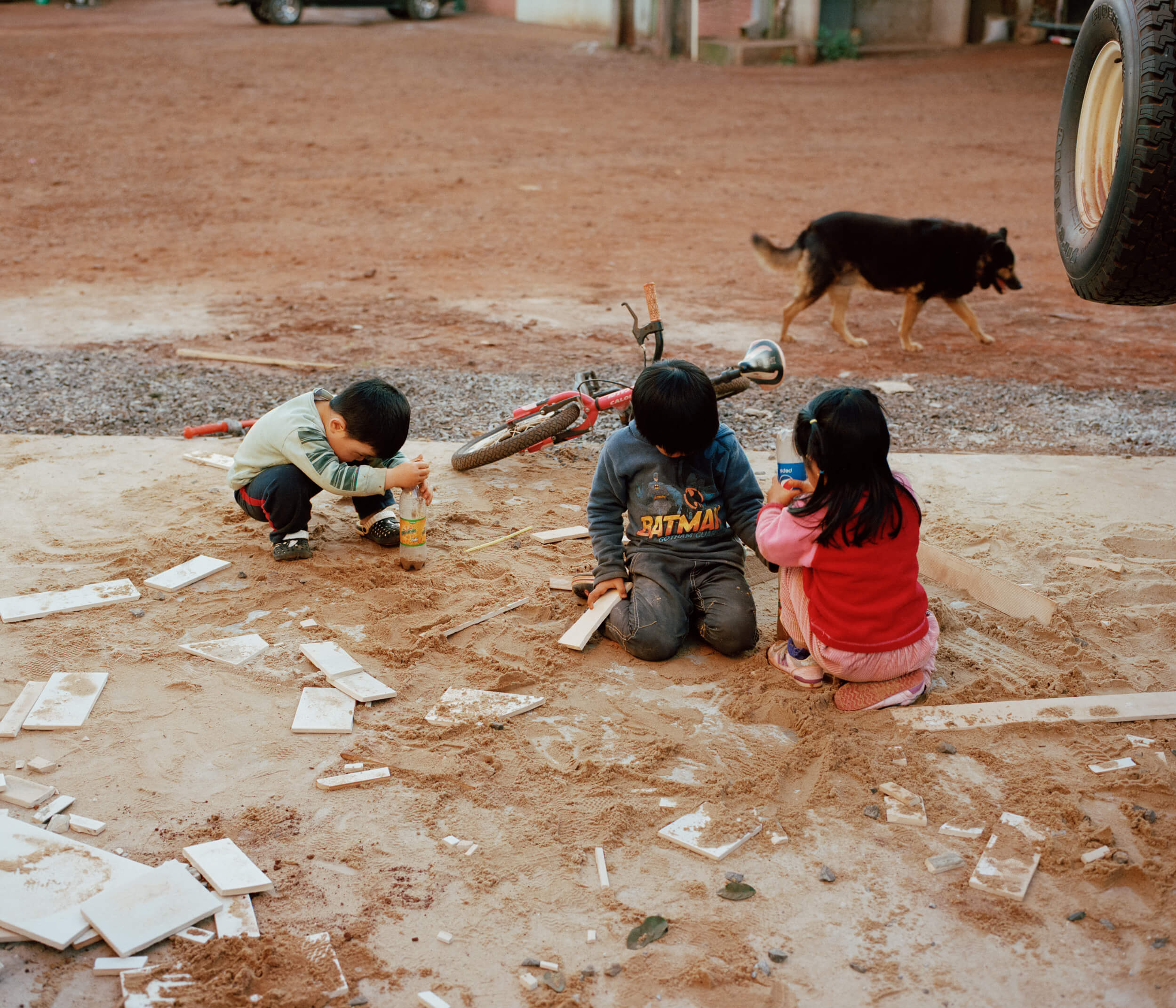In conversation with Sara Urbaez
Ricardo Nagaoka: Tierra Colorada

Tell me about your background and heritage. Where did you grow up?
Well, I am an anomaly when it comes to discussions of identity politics, because I am Japanese by blood and was born and raised in Paraguay as a third-generation immigrant. I had a syncretic upbringing of 50 percent Japanese, 50 percent Latino. For example, on any census form, when it asks what race you identify with, I put my “race” as Asian and “ethnicity” as Latino. That definitely informs a lot of who I am as an individual and as an artist. There is a disconnect, especially when people look at me as an artist — there’s an expectation that I’ll be making work about my own body and the politics of who I am . Yet This has often been tricky for me because I’m kind of this mishmash.
That leads into the series tierra colorada where I photographed the Japanese community in Paraguay. And it is something that I had started documenting in college but stopped because I was being entangled with visas and bureaucracy. I couldn’t leave the U.S. for several years. This series was about me going back home after not being home for almost four years and seeing things a little more clearly.
That leads into the series tierra colorada where I photographed the Japanese community in Paraguay. And it is something that I had started documenting in college but stopped because I was being entangled with visas and bureaucracy. I couldn’t leave the U.S. for several years. This series was about me going back home after not being home for almost four years and seeing things a little more clearly.

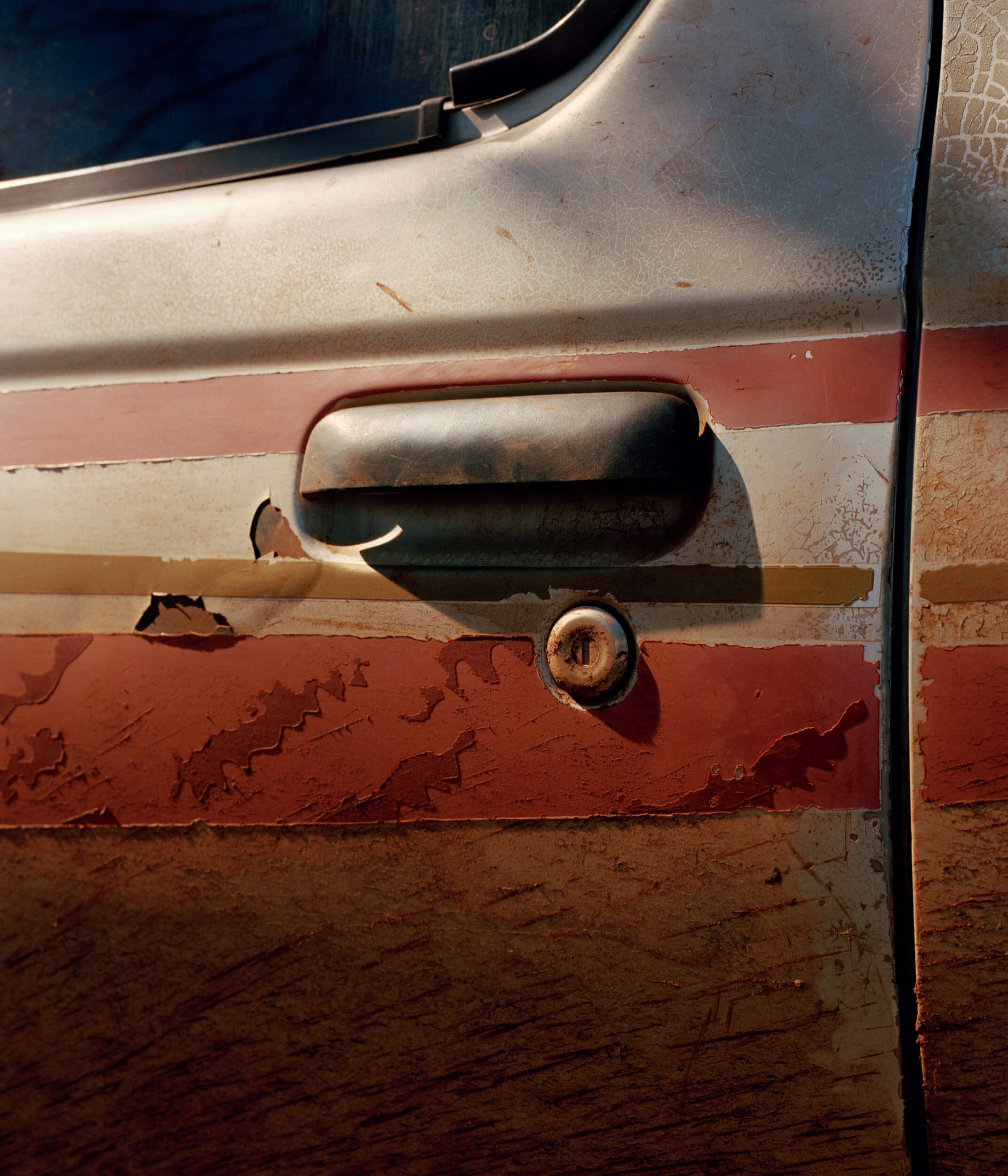
Can you talk a bit about the Japanese community in Paraguay?
As a minority there, we had a big presence. Paraguay ran a homesteading program to bring in more immigrants, because the country had a devastating war that wiped a lot of the workforce and the men in the country, so there were huge incentives to bring in immigrants. That’s where a lot of Japanese people came, developing agricultural land that pushed forth this big presence in Paraguay. My mother’s side of the family, who I grew up with, didn't integrate with the Japanese community as a whole, so there was an insider-outsider thing happening, and also something I felt making this work. I used to resent the fact that I don’t belong in any specific cultural group, and that it’s not easy to categorize me. I’ve taken that as a strength — that’s what makes my perspective unique. I know my position as someone who doesn’t fit in anywhere is to create empathy and conversations — it’s a crucial part of how I operate. The complexities of people’s identities, it’s hard to boil down into categories.
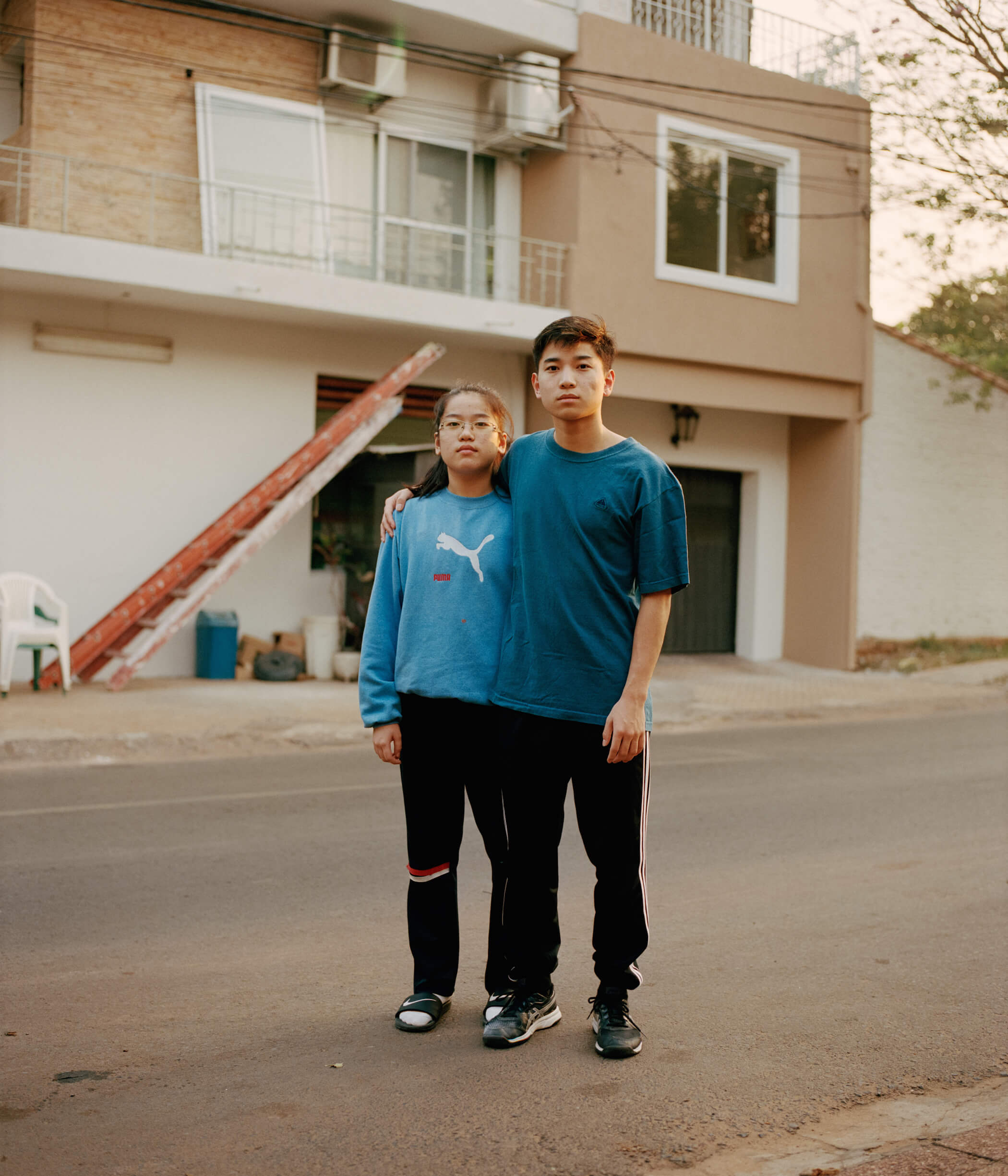
What is your process like when you’re working with people you photograph?
I shot the series over a summer in Paraguay. When I make images something that I try to hold at all times is to listen to people. That’s why most of my pictures aren’t candid. I often first approach people, and I talk to them for a while and make space to listen to people. Photography for me has always been a way to understand complexity, even though the medium is very simple on its surface. It’s been a very powerful way for me to show how complex people are, communities are, and the world at large is.
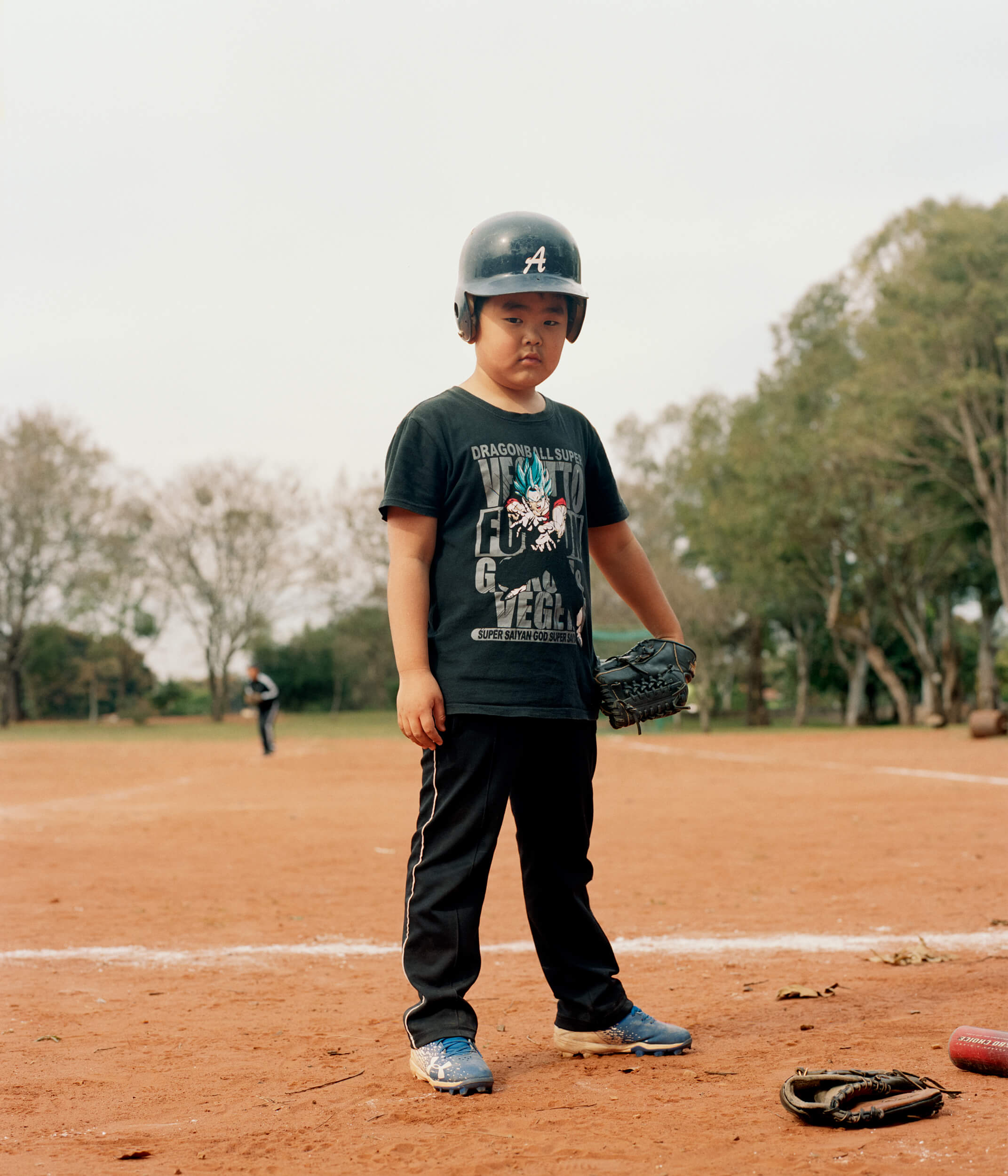
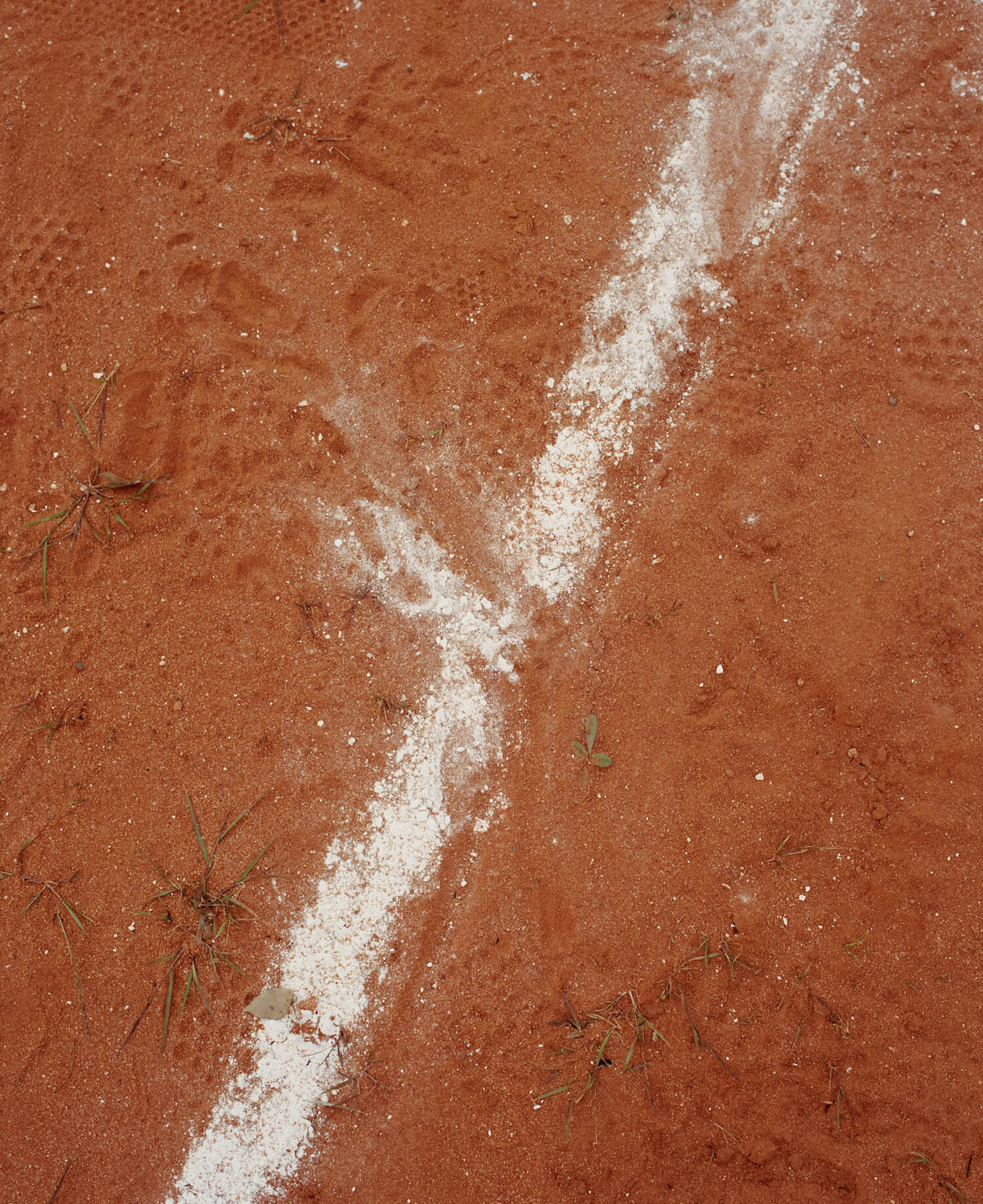

What is the meaning of the title of the series?
The nickname of Paraguay as a country is “Tierra Colorada ,” because the soil is this deep red, which you can see in a lot of the pictures. When you drive around the countryside, you see all the cars covered in red soil — everything is coated in this red color, that’s why the country has that nickname. I wanted to point out this fact that there are Japanese people living in this Latin American country. Breaking generalizations. Portraying Japanese people living on the red soil of Paraguay has always been a point of visibility for myself, for people to understand the intricacies behind my own identity.

What do you hope people take away from your imagery?
To make pictures is really powerful, and we hold so much of it as photographers that I try to keep myself accountable at all times — especially knowing the history of photography and its colonial roots . Even though I am not white, I am still participating in a medium that has and continues to hold a lot of power. It’s something that I’m always hyper-aware of, not just to depict people fairly but to understand that pictures have an effect. That’s the best that I could wish for as an artist — creating avenues for people to see the world a little more clearly.
When you were growing up did you see pictures of yourself?
No, not at all — that’s something that continues today. It is rare to see my own face represented.
